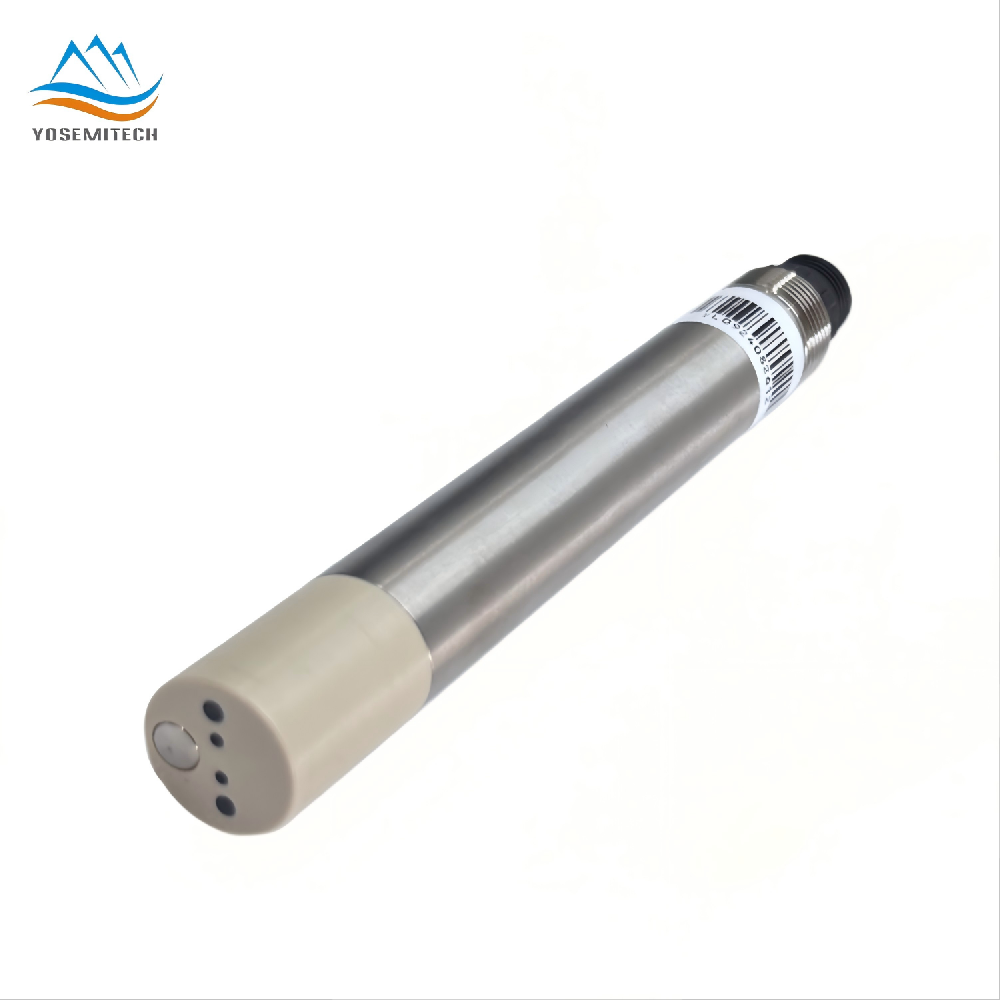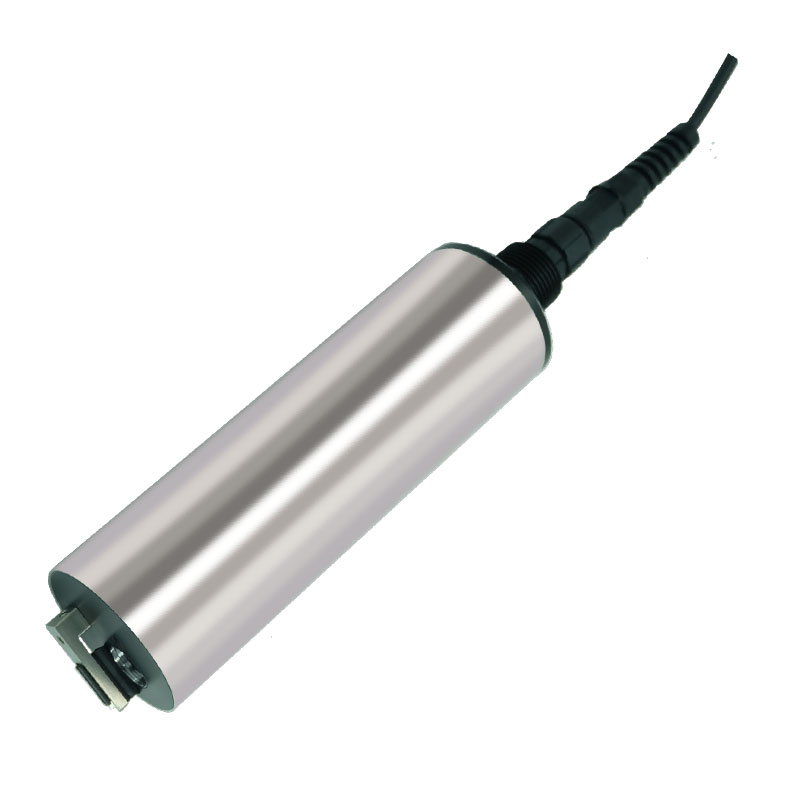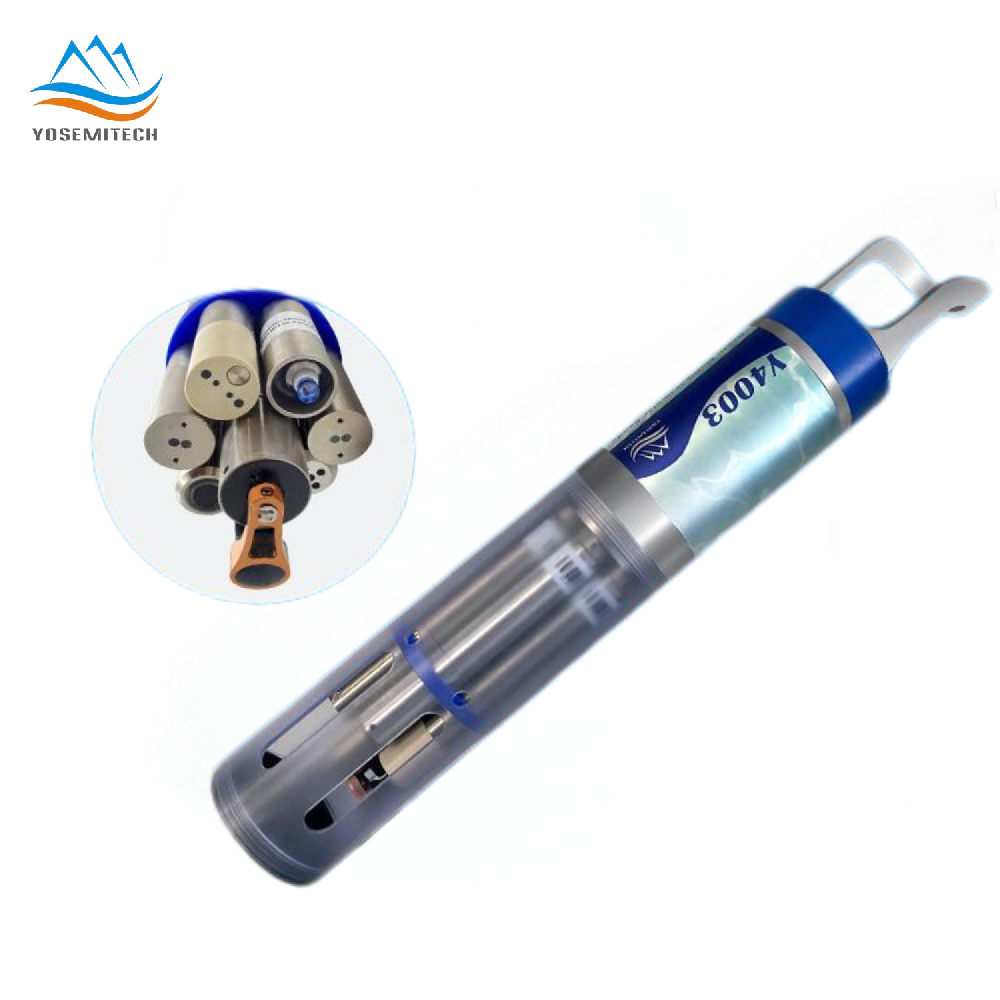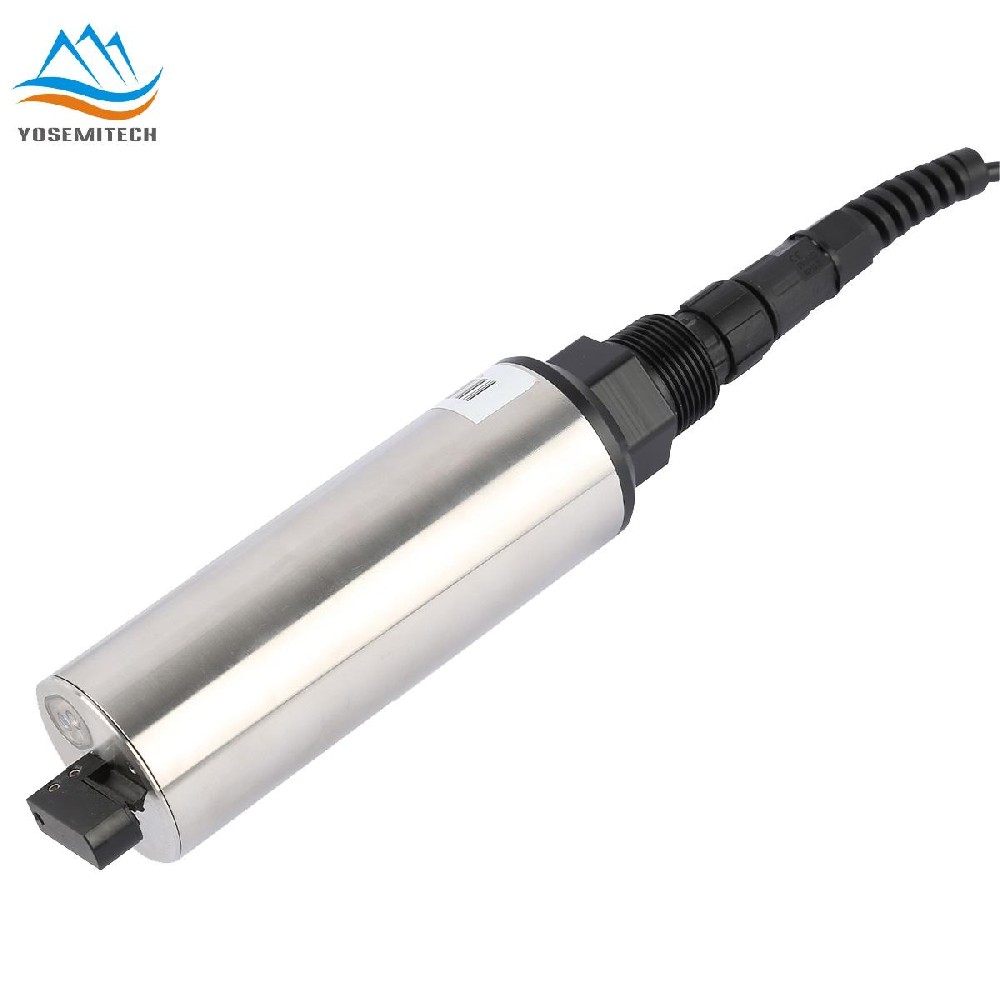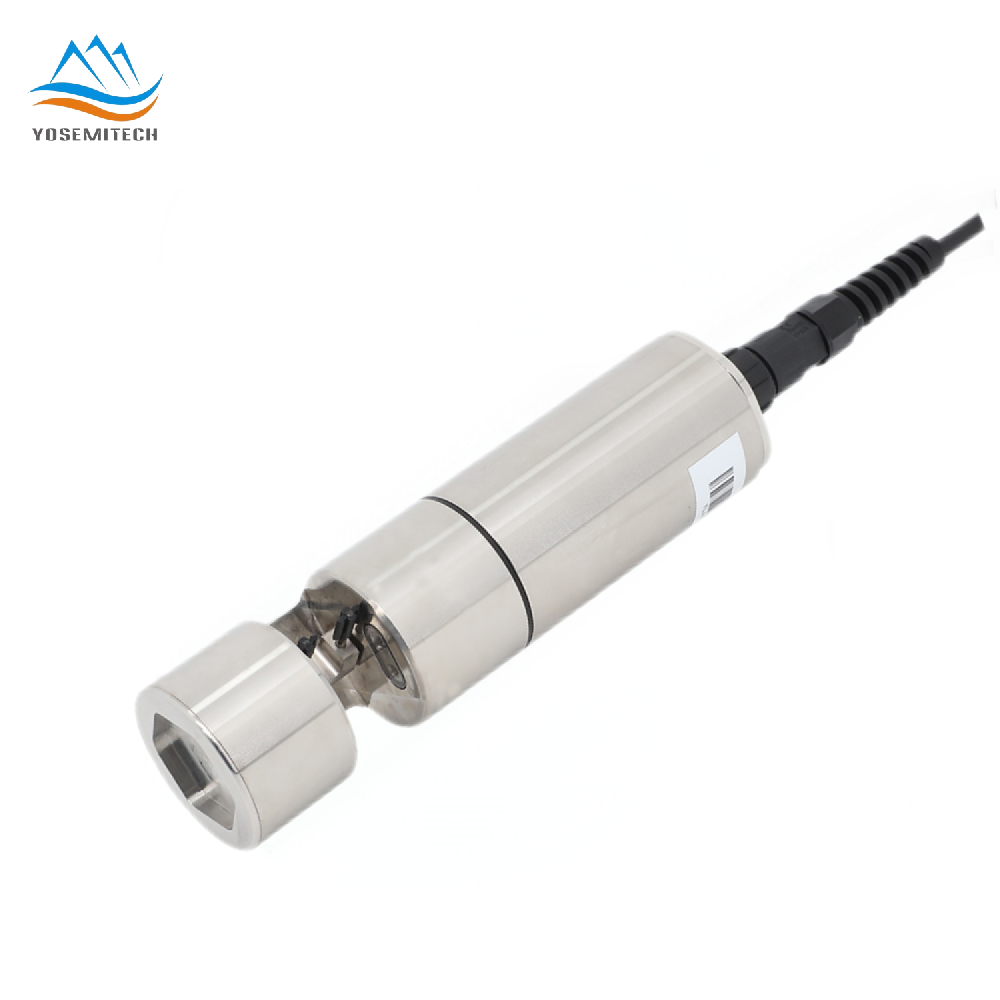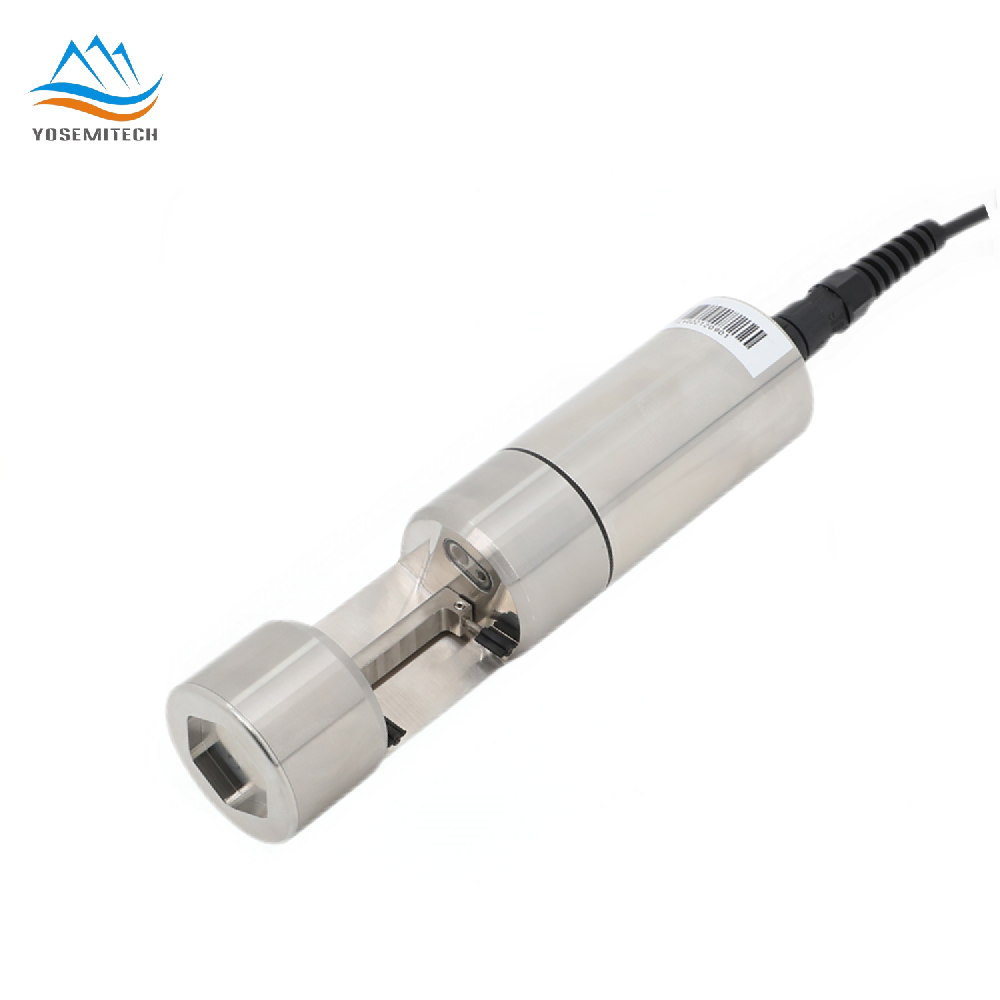Industry news
pH vs Conductivity: What You Need to Know for Accurate Measurements
Writer: admin Time:2025-04-24 10:24:32 Browse:1311℃
In the world of scientific measurement, understanding the nuances of different parameters is crucial for accurate and reliable results. Two such parameters that often come into play are pH and electrical conductivity (EC). While both are essential for various applications, they measure different aspects of a solution. This blog post aims to provide a comprehensive understanding of pH and conductivity, their relationship, and how to measure them accurately.
What is Electrical Conductivity?
Electrical conductivity (EC) is a measure of a solution's ability to conduct an electric current. It is influenced by the concentration of ions in the solution, their mobility, and the temperature of the solution. Conductivity is typically measured in Siemens per meter (S/m) or microsiemens per centimeter (µS/cm).
Factors Affecting Conductivity
Ion Concentration: The more ions present in a solution, the higher its conductivity. This is because ions are responsible for carrying the electric current.
Temperature: Conductivity generally increases with temperature because the mobility of ions increases as the solution heats up.
Type of Ions: Different ions have different conductivities. For example, sodium and chloride ions are more conductive than calcium and sulfate ions.
Solution Composition: The presence of impurities or other substances can also affect conductivity.
What is pH?
pH is a measure of the hydrogen ion concentration in a solution. It indicates whether a solution is acidic, basic, or neutral. The pH scale ranges from 0 to 14, with 7 being neutral. Solutions with a pH less than 7 are acidic, while those with a pH greater than 7 are basic.
Factors Affecting pH
Concentration of Hydrogen Ions: The higher the concentration of hydrogen ions, the lower the pH (more acidic).
Dissociation of Acids and Bases: The extent to which acids and bases dissociate in a solution affects the pH.
Temperature: pH can be slightly affected by temperature, although this effect is generally less significant than in conductivity.
Buffer Solutions: These solutions resist changes in pH and can stabilize the pH of a system.
Relationship Between pH and Conductivity
The relationship between pH and conductivity is complex and can vary depending on the specific solution and its components. Generally, changes in pH can affect the concentration and type of ions in a solution, which in turn can influence its conductivity.
Acidic Solutions: In acidic solutions, the high concentration of hydrogen ions can increase conductivity.
Basic Solutions: Similarly, in basic solutions, the presence of hydroxide ions can also increase conductivity.
Neutral Solutions: Pure water has a low conductivity because it has a low concentration of ions. However, the addition of acids or bases can increase the ion concentration and thus the conductivity.
Conductivity and pH in Various Applications
Understanding the relationship between pH and conductivity is essential in various fields, including environmental monitoring, agriculture, and industrial processes.
Environmental Monitoring
In environmental monitoring, both pH and conductivity are critical parameters for assessing water quality. Changes in these parameters can indicate pollution or other environmental issues. For example, an increase in conductivity might suggest the presence of contaminants, while a change in pH could indicate acid rain or other chemical imbalances.
Agriculture
In agriculture, pH and conductivity are used to monitor soil health and nutrient levels. Soil pH affects the availability of nutrients to plants, while conductivity can indicate the presence of salts and other minerals. Farmers use this information to optimize fertilization and irrigation practices.
Industrial Processes
In industrial settings, pH and conductivity are monitored to ensure process efficiency and product quality. For instance, in the manufacturing of pharmaceuticals, precise control of pH and conductivity is necessary to maintain the integrity of the products.
How to Measure pH and Conductivity?
Accurate measurement of pH and conductivity requires the use of specialized instruments.
Measuring pH
pH Sensors:These instruments use a pH electrode to measure the hydrogen ion concentration in a solution. The electrode generates a voltage that is proportional to the pH.
pH Test Strips: These are less accurate but more convenient for quick, on-the-spot measurements. They change color based on the pH of the solution.
Measuring Conductivity
Conductivity Sensors:These sensors can be integrated into larger systems for continuous monitoring of conductivity in various applications.
Conclusion
Understanding the relationship between pH and conductivity is essential for accurate measurements in various fields. While pH measures the hydrogen ion concentration, indicating the acidity or basicity of a solution, conductivity measures the solution's ability to conduct electricity. Both parameters are influenced by factors such as ion concentration, temperature, and solution composition. By mastering the techniques for measuring pH and conductivity, professionals can ensure the reliability and accuracy of their results, leading to better decision-making and process optimization.
In summary, pH and conductivity are two critical parameters that, when understood and measured accurately, can provide valuable insights into the properties of a solution. Whether in environmental monitoring, agriculture, or industrial processes, the ability to measure these parameters precisely is key to achieving desired outcomes.
CATEGORIES
CONTACT US
Yosemitech Technologies Co., Ltd
 +86 19984844080
+86 19984844080
 sales@yosemitech.com
sales@yosemitech.com
 Bldg,25,CECEP Industrial Park, No. 18 Dongchang Rd. Suzhou Industrial Park, Jiangsu Province,China 215126, China
Bldg,25,CECEP Industrial Park, No. 18 Dongchang Rd. Suzhou Industrial Park, Jiangsu Province,China 215126, China
